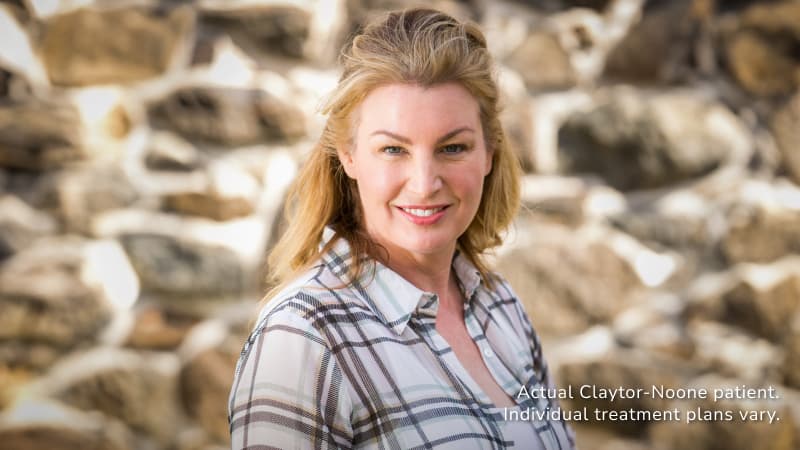CO2 Laser Skin Treatment
Signs of aging can affect your confidence when the person you see in the mirror doesn’t quite look the way you feel. If you are ready to see a transformation in your complexion, CO2 laser skin tightening is the gold standard treatment for erasing imperfections and tightening the skin.
How CO2 lasers work
CO2 laser treatment harnesses the power of carbon dioxide lasers to address a variety of skin concerns. CO2 is an ablative laser, meaning that the treatment removes the outermost layer of skin (epidermis), prompting collagen remodeling and improving a range of skin imperfections. It also heats the deeper dermis layer of the skin, stimulating remodeling of collagen and elastin on several levels.
Collagen is a crucial protein, providing firmness and elasticity to the skin. As new skin cells form during the healing process, the skin takes on a tighter, younger, and healthier appearance.
Unlike less intensive laser treatments, CO2 laser requires up to 2 weeks of downtime as your skin heals.
CO2 lasers also have medical applications, as they are sometimes used to ablate (remove) superficial skin cancers, such as basal cell carcinomas.
Dr. R. Brannon Claytor
Dr. Claytor is board certified by the American Board of Plastic Surgery and holds over 20 years of experience as a cosmetic plastic surgeon. An innovator and teacher in the field of plastic surgery, he uses advanced techniques like the drain-free tummy tuck and deep plane facelift to streamline recovery and provide natural-looking, durable results.
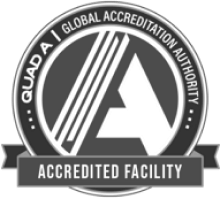
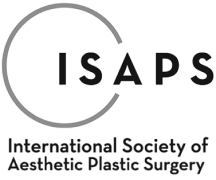
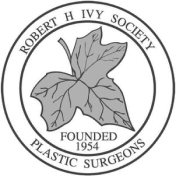
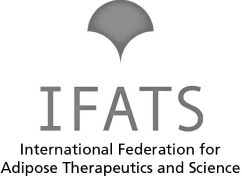
CO2 laser results
CO2 laser effectively improves:
- Wrinkles and fine lines
- Perioral lines (around the mouth)
- Pigment, i.e. brown spots and sun damage
- Rough or crepe-like skin texture
Dr. Claytor commonly adds CO2 laser to the deep plane facelift surgical plan: a facelift treats underlying ligaments and muscles and removes excess skin, and laser makes an ideal complement by also treating the skin’s surface texture to appear more youthful and refined.
Results from CO2 laser are very long-lasting, and only one treatment is needed. However, we encourage our patients to maintain their skin with medical-grade skin care products and non-surgical treatments like Botox®, which both can effectively extend results and prevent further signs of aging from developing.
LaMiNa: The combo CO2 laser treatment for optimal results
While CO2 laser gets excellent results alone, Dr. Claytor has created a proprietary treatments plan to achieve even more outstanding anti-aging outcomes: LaMiNa (or Biologics + CO2 skin tightening, BLT) combines the CO2 ablative laser treatment with microneedling and the infusion of nanofat.
This is highly effective at treating lines and wrinkles around the mouth as well as achieving overall skin rejuvenation. It is an ablative treatment with downtime of 5-10 days. Learn more about LaMiNa here, or schedule a consultation to talk with Dr. Claytor about the options available to you.
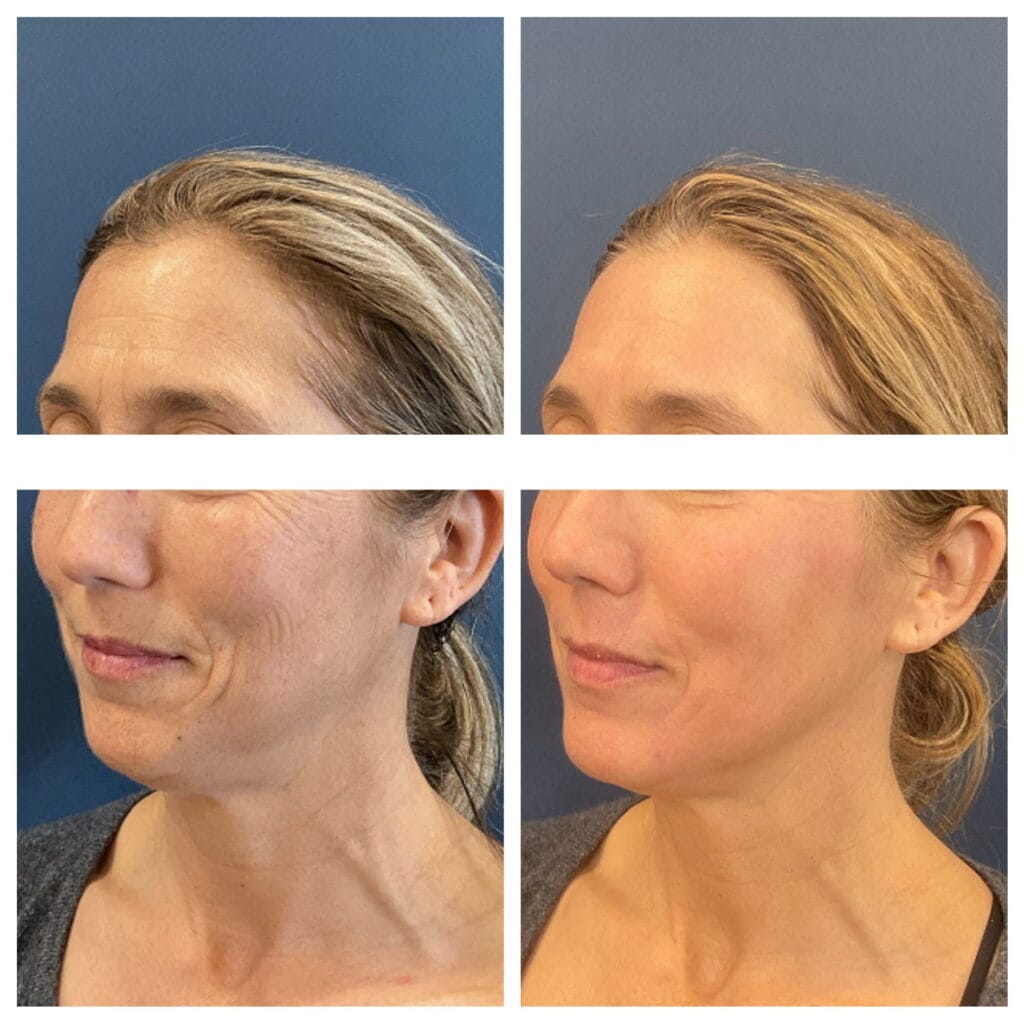
What to expect from the laser treatment
First, we will administer anesthesia—either local with IV sedation, or general anesthesia, depending on your treatment plan. We will clean the treatment area carefully, mark the treatment areas, and then move the laser handpiece over the areas to be treated.
The CO2 laser device sends a short, concentrated beam that targets water molecules in order to vaporize the outer layer of skin cells. After treatment, we will apply a protective ointment to the skin and cover it with dressings.
Afterwards, you will need to have a responsible adult drive you home.
Candidates for CO2 laser
CO2 laser is generally recommended for patients with Fitzpatrick skin types I – III, or fair, light, and honey toned skin. CO2 laser treatment runs the risk of hyperpigmentation or hypopigmentation, in which the skin’s pigment darkens or lightens irregularly, in patients with olive to dark skin tones; as an alternative, we may recommend a series of treatments with non-ablative CoolPeel, fractional skin resurfacing, or microneedling to achieve comparable results to CO2.
Dr. Claytor thoroughly screens your medical history to make sure you are a good candidate before laser skin tightening. Patients with certain skin disorders, autoimmune diseases, or a history of abnormal scarring may also be better suited to a less intensive skin resurfacing treatment.
Refer a Friend, Earn Rewards
Earn credits each time you refer a friend to Claytor Noone Plastic Surgery: $250 toward surgery, or $25 toward med spa procedures!* It’s the easiest way to save on your next treatment or procedure with us.
Ask us how to get started!
*Savings for surgical procedures are applied after the procedure has been performed.
Recovery & downtime
After CO2 laser, swelling, swabbing, and crusting are all normal. Most patients experience what feels like an intense sunburn. You will have a pain medication prescription to help manage discomfort at first. We will give you detailed aftercare instructions for cleansing and caring for your skin as it heals. Importantly, avoiding sun exposure is absolutely critical to avoid unwanted darkening of the skin or scar tissue formation.
Most patients require two weeks for full recovery, and most patients take two weeks of social downtime—meaning that you will want to cancel any plans and plan ahead for someone to help you run errands.
Side effects & risks
Despite not requiring surgery, CO2 laser comes with certain risks. Infection, scarring, burns, and hyper- or hypo-pigmentation are all possible if the treatment is performed improperly or with improper aftercare. Laser treatment may also trigger a flare-up if you have a history of cold sores or the herpes simplex virus. Choose a board-certified plastic surgeon with many years of experience and carefully follow aftercare instructions to reduce the risks of this procedure.
- Key Benefits
- Glossary
- More youthful appearance
- Targets fine lines, pigment, and skin texture
- Achieves results in a single pass, requiring only one treatment
Ablative Laser: A term that refers to lasers that remove layers of skin.
Non-Ablative Laser: Lasers that do not remove skin but instead heat the skin to stimulate collagen growth.
Collagen Remodeling: The process by which laser treatment promotes new collagen formation.
Fractional Resurfacing: A type of laser treatment that targets a fraction of the skin at a time.
Dermal Regeneration: Skin healing that occurs as a result of the treatment.
Epidermal Peel: The peeling process of the outer skin layer after treatment.
Anesthesia Topical: Local anesthetic applied to numb the skin.
Erythema: Redness of the skin that can occur after laser treatments.
Pigmentation: Refers to the coloring of the skin, which can be affected by laser treatments.
Sun Sensitivity: Increased sensitivity to sunlight following laser procedures.
Laser Calibration: Adjusting the laser settings based on treatment needs.
Dermis: The thick layer of living tissue below the epidermis (outer layer of skin), containing blood capillaries, nerve endings, sweat glands, hair follicles, and other structures.
Hypopigmentation: Lightening of the skin that can sometimes occur after laser treatment.
Hyperpigmentation: Darkening of the skin that can occur as an after-effect of a treatment.
Acne Scars: Scarring due to acne.
Thermal Damage: Heat damage that can occur to skin tissue during laser treatment.
Laser Passes: The number of times a laser is applied to the same area during a procedure.
Botulinum toxin type A: a purified substance derived from bacteria that blocks the nerve signals in the muscles where it is injected. When used in small doses, it can reduce facial wrinkles.
Dermabrasion: An exfoliating skin treatment that involves using a rotating instrument to remove the outer layers of skin.
Alternative treatment options
Patients with milder signs of aging or a medium to dark skin tone—or who do not have room for downtime in their schedule—may prefer alternative treatments. These treatments may require multiple sessions to see similar results to CO2 laser, and these treatments also cost less:
Fractional skin resurfacing
Fractional skin resurfacing requires less downtime, and costs less than CO2 treatment. Laser beams are applied in a fractionated, or pixelated, pattern on the skin, so the surface is only partially treated, and requires either little-to-no downtime or just a few days, depending on the details of your treatment plan. Several treatments are needed to see full results.
IPL
Intense pulsed light (IPL) is ideal for reducing the appearance of pigment specifically, and requires little to no downtime. Pigmentary irregularities that we often use IPL to treat include age spots, sun damage, freckles, birthmarks, spider veins, broken vessels or rosacea (redness/flushing of the cheeks).
CoolPeel
CoolPeel is a non-ablative, light “pick-me-up” treatment to refresh your appearance using the CO2 laser, but with only one day of down time. Think of this treatment for a quick refresher, with some of the same benefits as other laser treatments.
Enhance your at-home routine:
Boost skin rejuvenation with Omnilux LED Masks
Extend the glow of your in-office treatments with Omnilux, a professional-grade LED light therapy system you can use at home. These FDA-cleared, flexible masks use red and near-infrared light to:
- Stimulate collagen
- Reduce fine lines
- Calm inflammation
- Heal and prevent acne
- Treat under-eye puffiness
- And more!
Omnilux can support healing and enhance your results between your treatment visits with just 10 minutes a few times per week!
Learn more and get your device »
Restore thicker, fuller hair with Nutrafol hair growth supplements
Address the deeper causes of hair thinning—like stress, hormone fluctuations, or nutrient deficiencies—with Nutrafol, a clinically backed, natural supplement that works from within to support stronger, fuller hair. Available in targeted formulas for women, men, postpartum, and even vegan options, Nutrafol can help extend the benefits of your treatment beyond the skin.
Learn more about Nutrafol and how it works »
Schedule your consultationIf you are interested in CO2 Laser Skin Tightening, and would like to see if you are a good candidate, contact our Bryn Mawr office at (610) 527-4833 to schedule a consultation.
References »
Claytor RB, Sheck C, Jones I, Quigley R. LaMiNa: A Creative Synergistic Approach to Facial Rejuvenation. Aesthetic Surgery Journal Open Forum. 2023 Mar 27;5:ojad028. doi: 10.1093/asjof/ojad028.
Mehta-Ambalal SR. Neocollagenesis and Neoelastinogenesis: From the Laboratory to the Clinic. Journal of Cutaneous and Aesthetic Surgery. 2016 Jul-Sep;9(3):145-151. doi: 10.4103/0974-2077.191645.
Heidari Beigvand H, Razzaghi M, Rostami-Nejad M, Rezaei-Tavirani M, Safari S, Rezaei-Tavirani M, Mansouri V, Heidari MH. Assessment of Laser Effects on Skin Rejuvenation. Journal of Lasers in Medical Sciences. 2020 Spring;11(2):212-219. doi: 10.34172/jlms.2020.35.
Areas served:

Medically reviewed by Dr. R. Brannon Claytor — Updated on Apr 9, 2025

